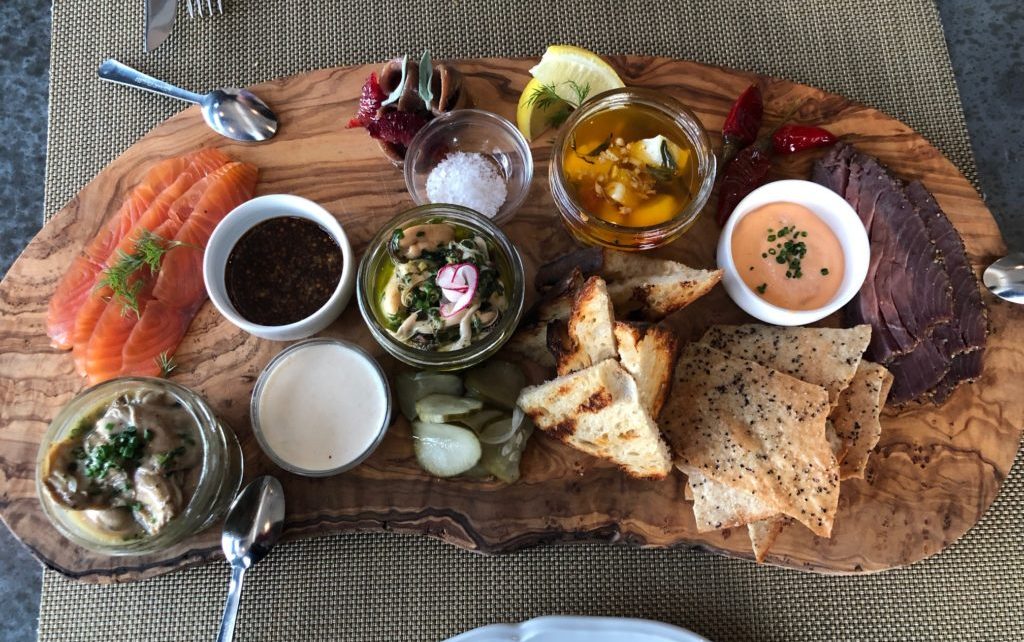Exploring the realm of charcuterie boards fort worth style shows a complex fusion of art and science that delights the palate and mind. Charcuterie—salting, curing, and preserving meats—has become a culinary art form in kitchens and dining rooms. In Fort Worth, this legacy is about conserving the traditional traditions and pushing boundaries with novel flavors and compositions that make a simple meal gourmet.

Charcuterie science starts with meat. Although pork has been the staple due to its fatty content and diverse flavor profile, modern charcuterie now includes beef, venison, duck, and even salmon. Salting these meats removes moisture and prevents bacteria growth. This is where science matters. Salt, temperature, and humidity must be balanced to cure meats and improve flavor and texture safely.
Charcuterie meat fermentation is also scientific. In controlled settings, helpful bacteria partially break down meat proteins and lipids to produce lactic acid and rich aromas in salami. This controlled decomposition is a beautiful natural process that creates a safe, delicious, and long-lasting product.
Charcuterie is both science and art. Charcuterie boards showcase artistry. A well-designed charcuterie board combines sliced meats, cheeses, fruits, nuts, and bread to make a visually appealing display. Fort Worth chefs and home cooks use local items like Texas pecans and figs to personalize their boards.
Understanding how flavors and textures interact is essential to selecting the proper charcuterie board. Prosciutto’s rich, buttery flavor complements Parmesan, while chorizo’s spice may be preferable with apple slices or fig jam.
As charcuterie has grown in Fort Worth, more local producers make cured meats with distinctive twists. The artists experiment with herbs, spices, and curing times to develop signature items that reflect Texas cuisine. Their efforts boost the local economy and expand flavor options.
Besides food, a charcuterie board is a conversation starter and a centerpiece that allows guests to share an experience. It celebrates the age-old tradition of community dining, which is enjoyed today in polished forms, from Parisian bistros to Fort Worth barbecues.



